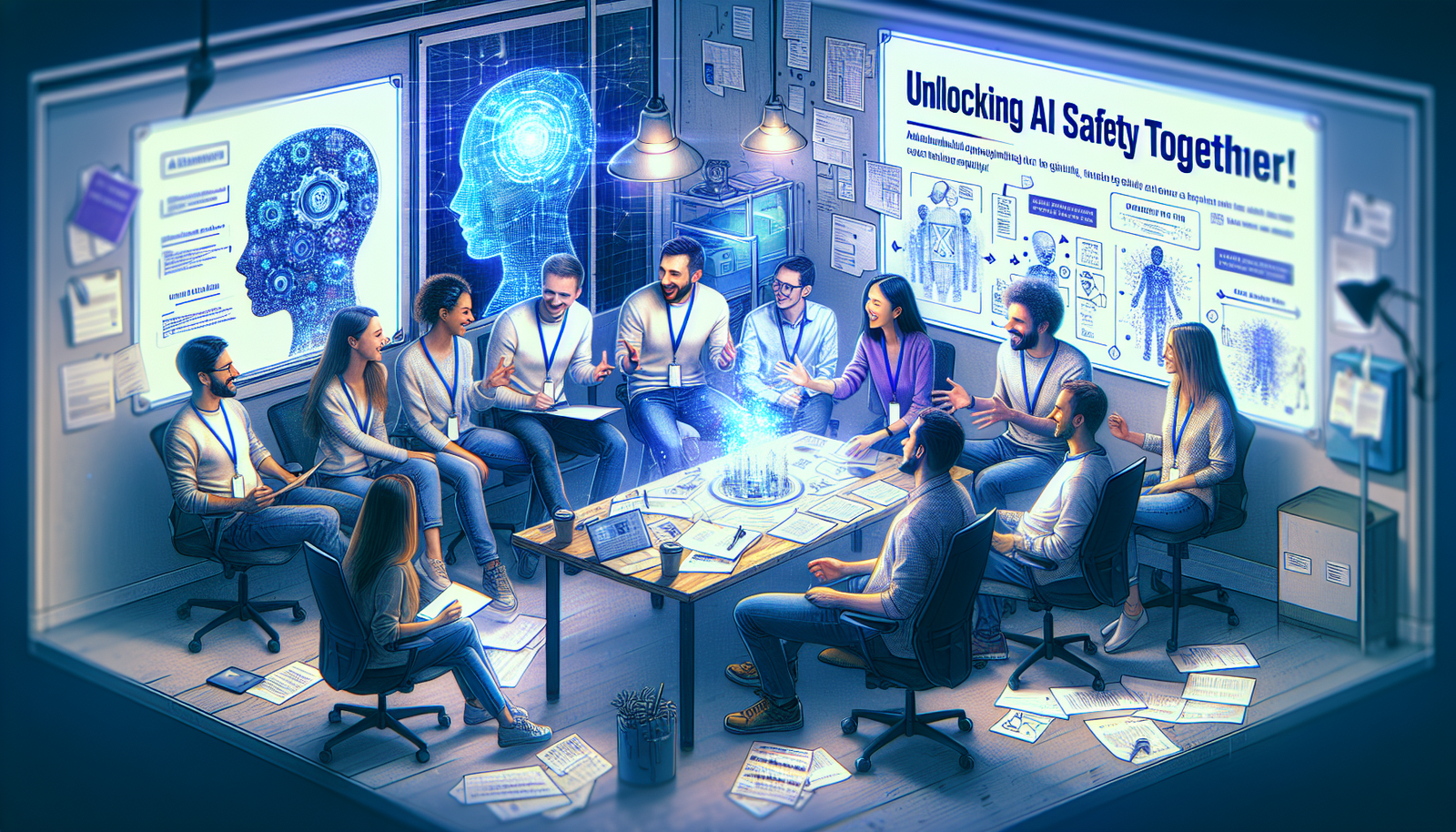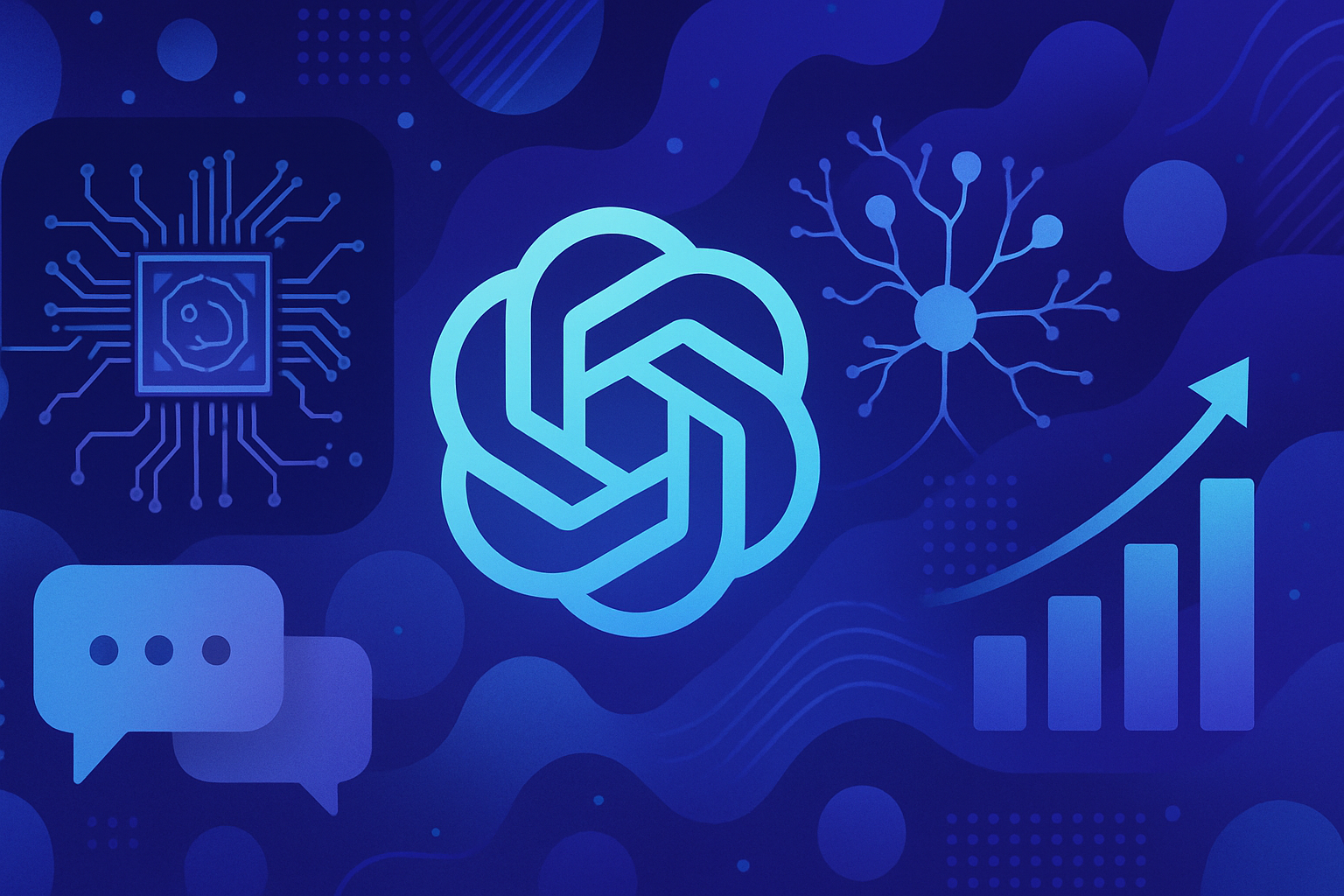Collaborative research on AI security poses significant challenges and essential responsibilities. The establishment of artificial intelligence systems will require diverse experts, combining technical know-how and ethical understanding. The synergy between different disciplines is crucial to anticipate threats and effectively frame innovation. Decision-makers must be aware of the issues related to the vulnerability of AI systems to cyberattacks. A collective approach, where everyone plays an active role, will ensure the sustainability and integrity of these technologies. The future of AI security depends on this collaboration, essential for building robust foundations. Contemporary debates must embrace this dynamic to outline sustainable paths toward secure artificial intelligence.
The Crucial Importance of Collaborative Research on AI Security
The issue of artificial intelligence (AI) security requires collective and immediate attention. Various industry experts agree that collaborative research represents an effective solution to strengthen this security. This approach requires the involvement of regulators and researchers to develop prevention and intervention mechanisms.
Risk Management in AI
AI systems face significant security challenges, exacerbated by traditional testing methods. Currently, AI models are often evaluated by “red teams,” which simulate attacks to identify weaknesses. This method, while valuable, is not sufficient to guarantee safe systems. The design of AI models must integrate security principles from the outset.
Regulation and Normative Framework
Regulations must evolve to ensure sufficient security before the deployment of AI technologies. It is essential to establish risk criteria more precisely, taking into account the application sector and the scale of deployment. Authorities must gain the power to impose recalls of deployed models that present security risks.
Interdisciplinary Collaboration
Collaborative research must include experts from various fields, ranging from computer science to psychology. Tech companies must engage in dialogues with security specialists and regulators to design AI systems that meet the highest safety standards. A *dynamic partnership* among all these parties can catalyze significant advancements.
The Precautionary Principle
The precautionary principle must guide all decisions related to AI. Experts note that the potential risks posed by AI require proactive action, even in the absence of absolute certainties about the threats. The implementation of robust protocols aims to anticipate issues before they manifest.
The Challenges of Development Pace
The development of AI is advancing at a rapid pace, surpassing the regulatory response capacity. Unlike traditional fields, the absence of physical limits in AI technology makes risk management challenging. This calls for a rapid adaptation of safety standards and regulations to protect critical infrastructures.
Promoting Responsible Innovation
Encouraging responsible innovation is a necessity. Companies must adopt mechanisms that promote the ethical and secure use of AI. Initiatives that better understand the implications of AI deployments will contribute to establishing a culture of responsibility within the industry.
Conclusion on the Imperative of Collaborative Research
Collaborative research on AI security represents an imperative in the face of contemporary challenges. Such an approach is essential to formulate appropriate responses to potential threats. The synergy between companies, researchers, and regulators can lead to innovative and secure solutions, vital for the future of artificial intelligence.
Frequently Asked Questions About the Importance of Collaborative Research on AI Security
Why is collaborative research essential for the security of artificial intelligence?
Collaborative research enables the gathering of diverse expertise and encourages innovation in the field of AI security, helping to anticipate and mitigate potential risks associated with AI systems.
How can collaboration between researchers and regulators enhance AI security?
Collaboration between researchers and regulators fosters the exchange of essential information, reduces regulatory inconsistencies, and establishes clear standards that aid in better risk assessment and implementing safe practices in AI development.
What are the main challenges faced in collaborative research on AI security?
The main challenges include data sharing between organizations, the need for standardization of security protocols, and managing ethical concerns that may arise during the development and evaluation of AI technologies.
Can AI security researchers benefit from an international cooperation framework?
Yes, an international cooperation framework can help harmonize research efforts on AI security, facilitating the sharing of best practices and discoveries while enhancing collective resilience against potential global threats.
What collaborative research methodologies are applied in the field of AI security?
Methodologies such as security hackathons, interdisciplinary research committees, and innovation consortiums are often employed to encourage the sharing of ideas and solutions to improve the security of AI systems.
What role do companies play in collaborative research on AI security?
Companies play a crucial role by providing resources, data, and technological tools. Their collaboration with universities and regulatory bodies is essential for designing robust responses to the security challenges of AI.
How does collaborative research influence policy-making on AI?
Collaborative research allows policymakers to rely on credible data and research outcomes to formulate policies that ensure safety while fostering innovation in the field of AI.
What immediate benefits can be expected from collaborative research on AI security?
Immediate benefits include better identification of vulnerabilities in AI systems, improved risk assessment methodologies, and an increase in public trust in AI applications through enhanced security practices.




